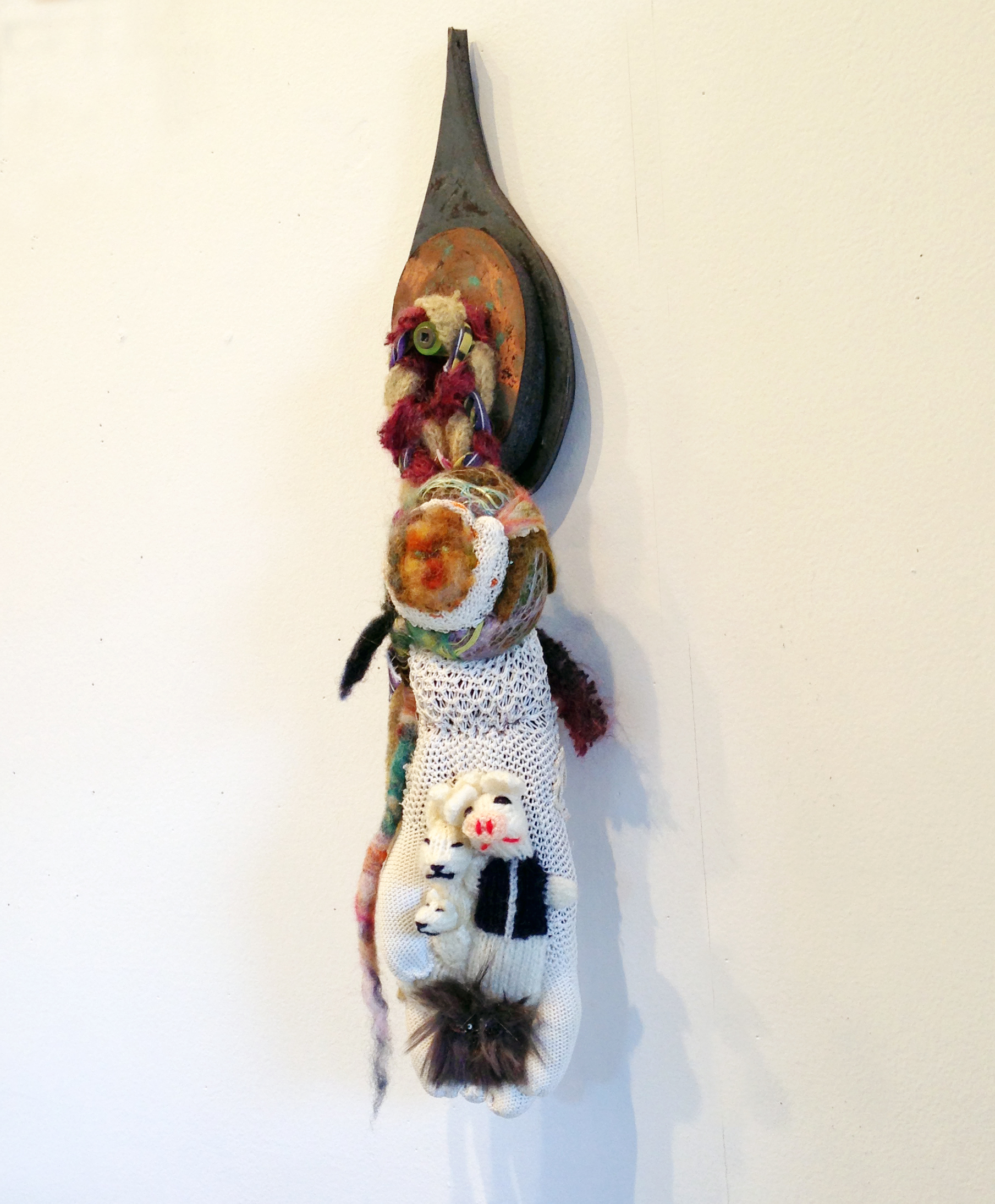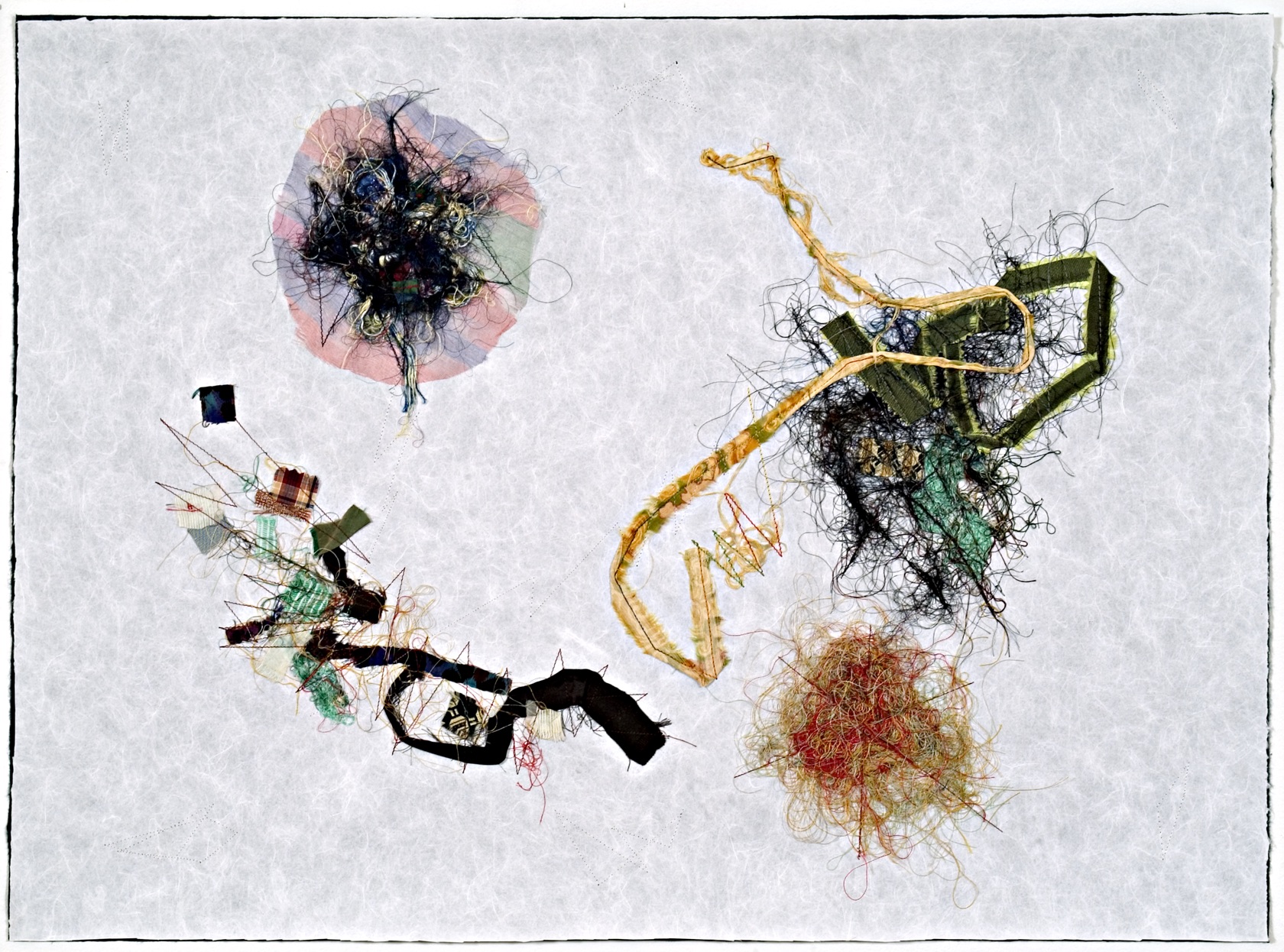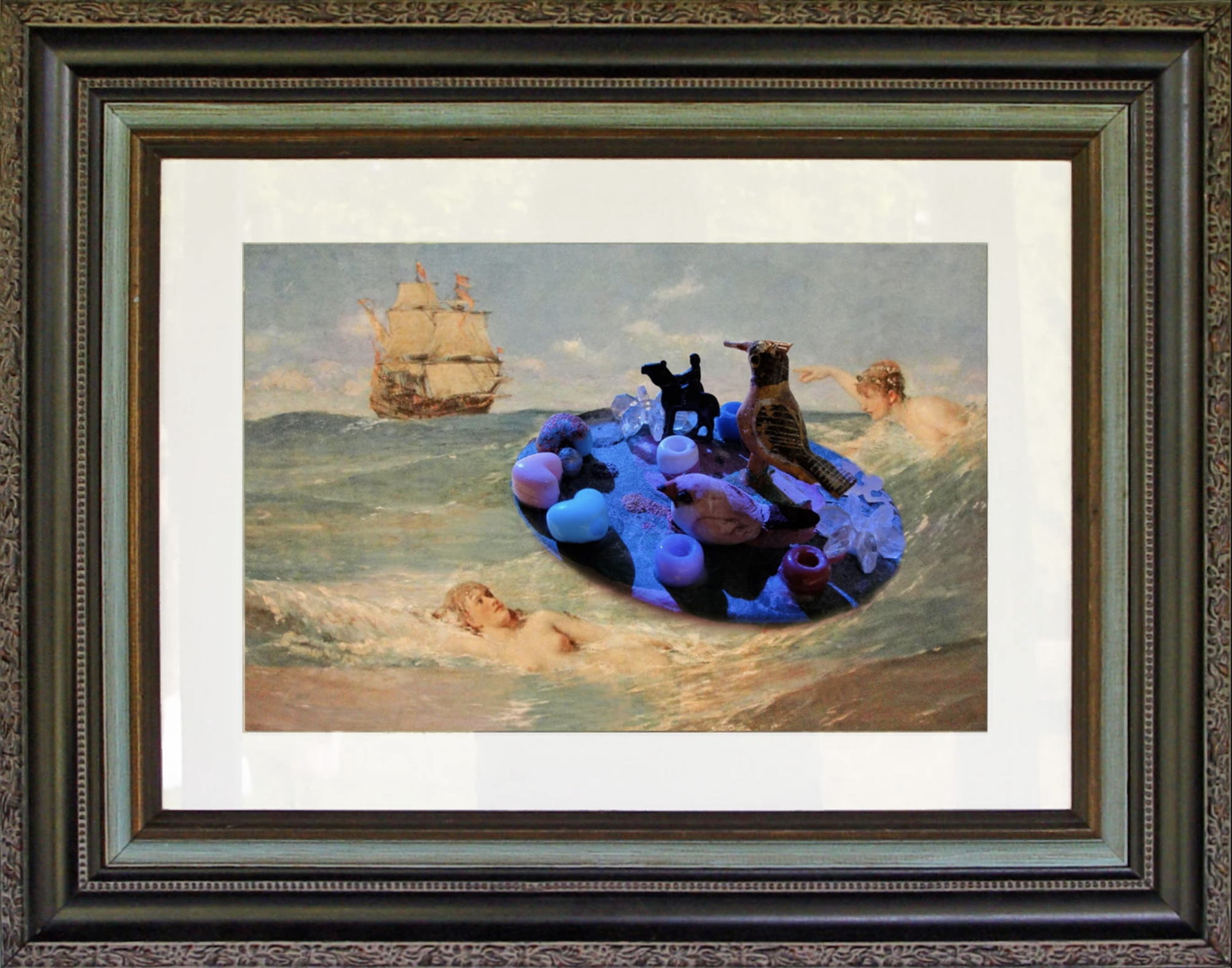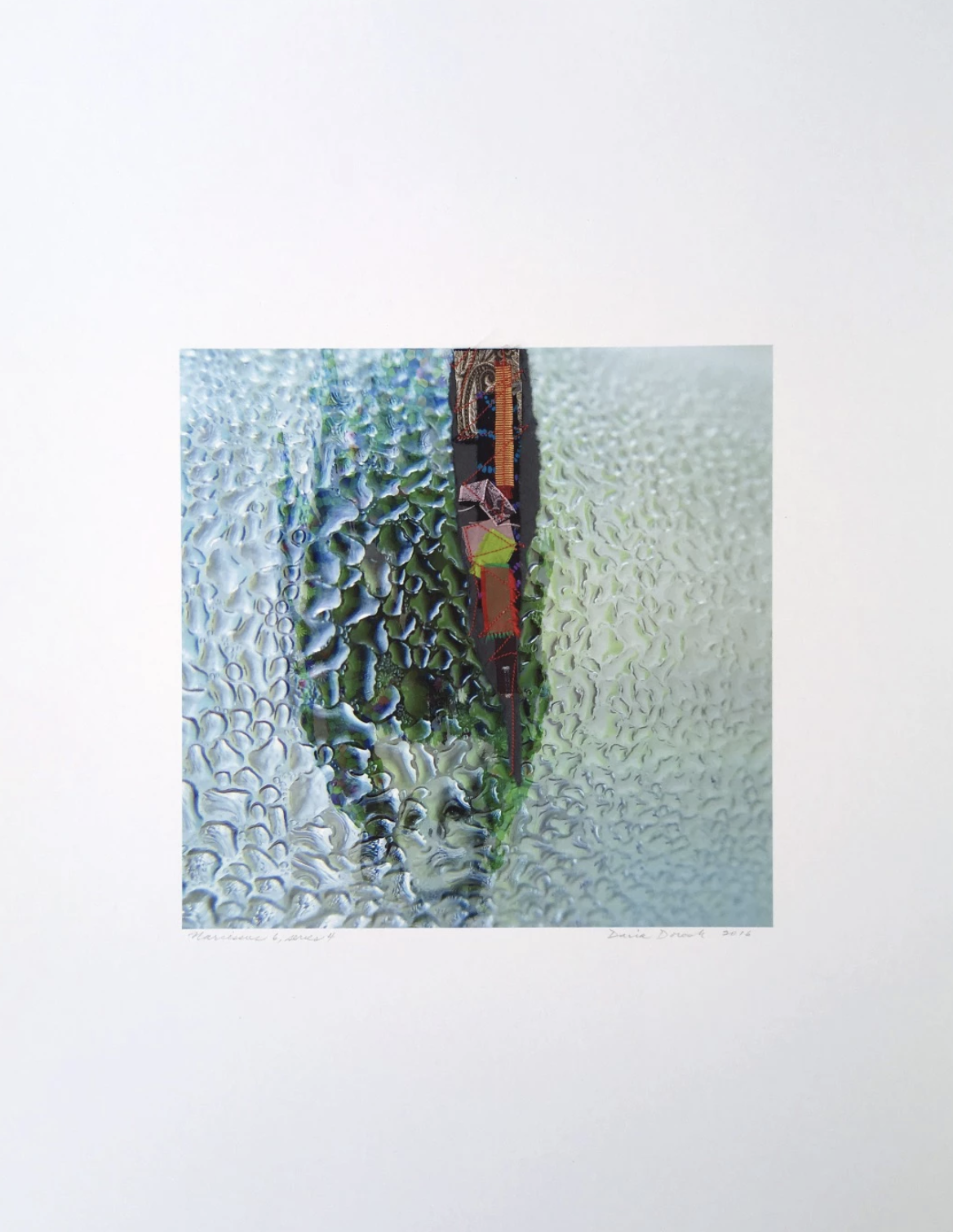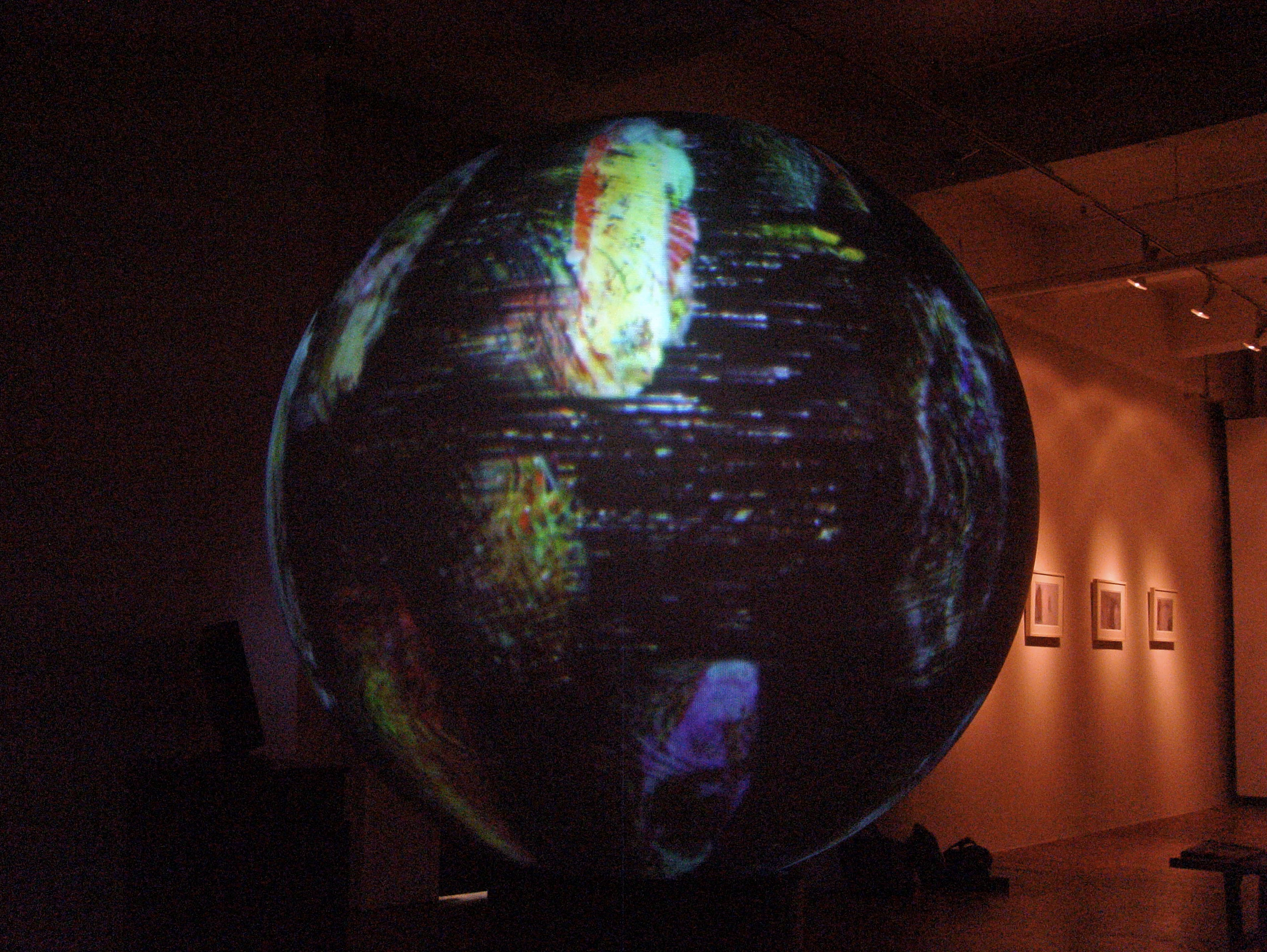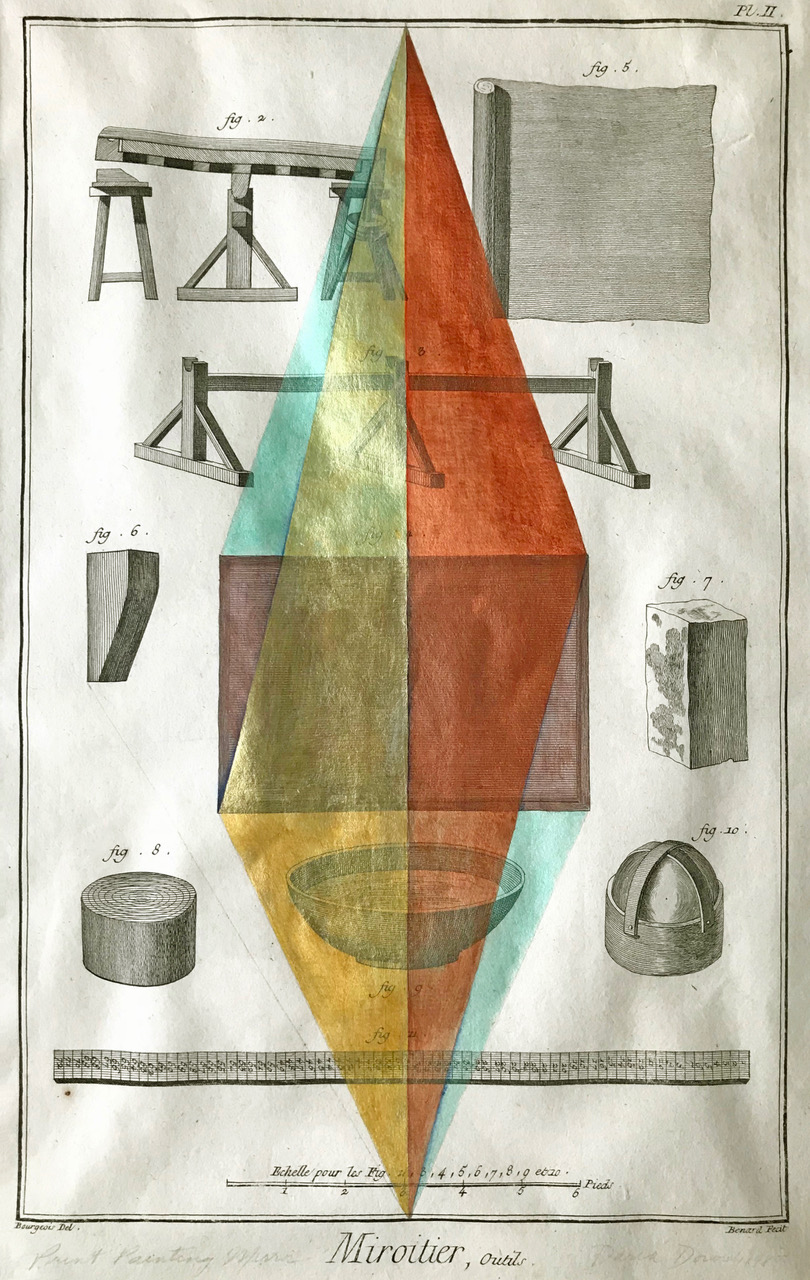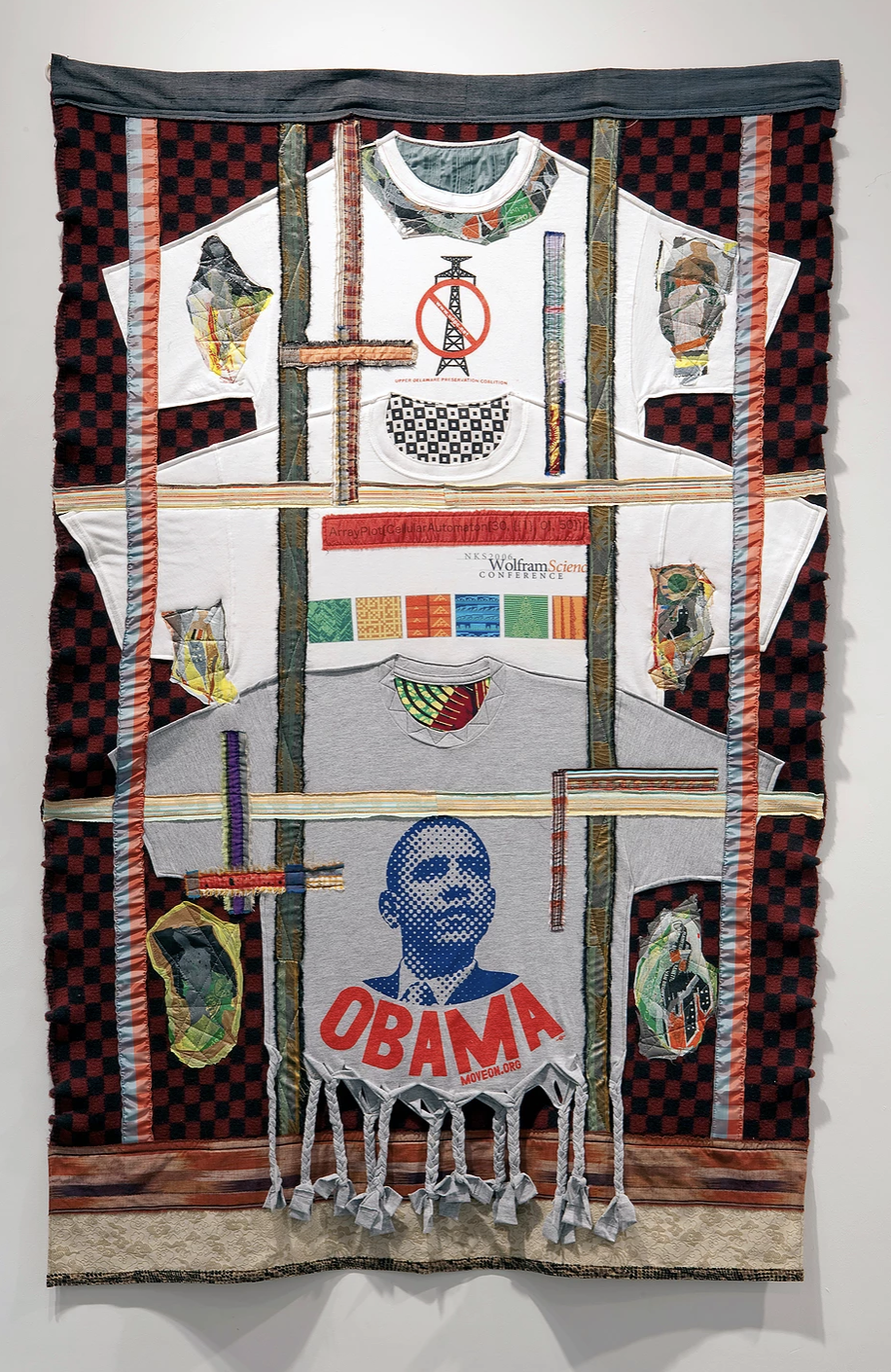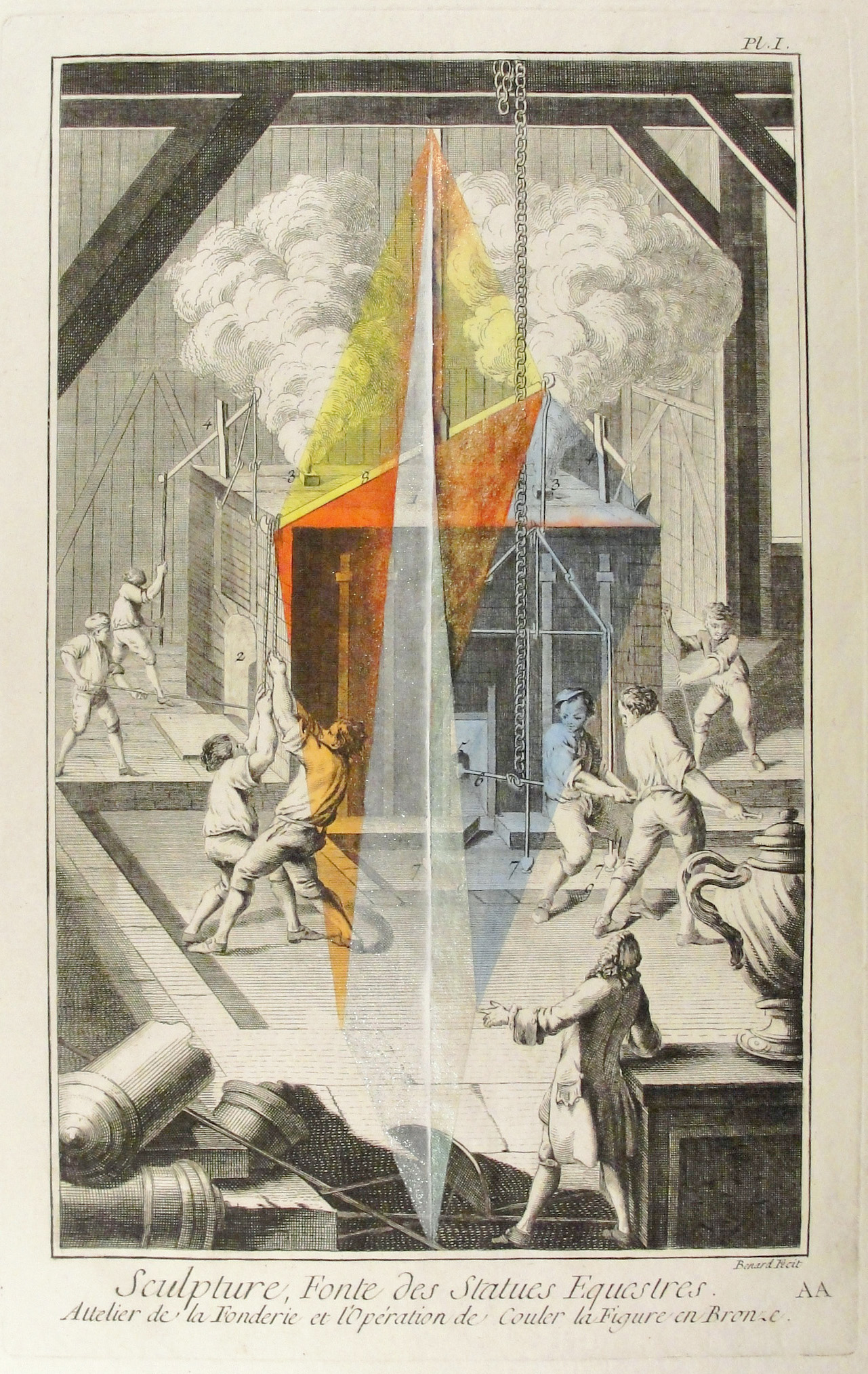“My association with A.I.R. Gallery continues to this day because it is my research space. I believe that by challenging the old world patterns, feminist politics makes way for new ones to form. The 19th and 20th century is a critical reference point that informs my current analog/digital art and research.”
The residue of time and its unrelenting shadow of progress has remained central to much of Daria Dorosh’s artistic practice. Context--with its malleable definitions, influence on perspective, and site-specificity--is a key component in Dorosh’s work that drives the presentness of an image to the forefront of the viewer’s mind, pressing them to consider what it actually means for an artwork to be localized in a certain time and space. Themes of displacement and discontinuity feature prominently throughout her early sculptural and paper works. Raised in Ukraine until she was seven, Dorosh experienced a rupture to her home environment when her family uprooted to New York; the memories and emotions attached to this childhood move have motivated Dorosh to make work that responds to the process of identity formation. As her career has developed, Dorosh has experimented with ever-evolving forms of media, frequently using the body as a site of artistic and technological exploration to evaluate what it really means for something to change or adapt within a personal framework.
Like many of her A.I.R. co-founders, Dorosh initially studied painting before moving on to different media to create less traditional work. She would not make a complete break with painting, however, until the 1990s, at which time the internet and image manipulation programs--particularly Photoshop--fully captured the artist’s attention. Dorosh has likened Photoshop to compost: the regenerative quality of organic matter, with its ability to grow and dissolve and transform over time, is not so dissimilar to the infinite permutations that occur in the digital world. Photoshop enables Dorosh to move through and re-assemble layers of images in a less linear, more fluid way than does the process of physical collage. With the advent of this new technology in the ‘90s, Dorosh had begun the shift to sculpture, video, and installation, putting forth some of her most notable works in the process.
Dorosh’s 2010 installation Jump-Off serves as one highly ambitious example of the artist’s intent to understand the relationship between digital and physical artistic environments. Composed of six ‘story rugs’ and six ‘fabric bundles’ linked to video, sound, and text via QR codes, Jump-Off is a visual network illustrating the viscoelasticity of information as it passes between digital and tactile mediums. The experiment references and extrapolates on Dorosh’s written thesis, Patterning: The Informatics of Art and Fashion, in which she documents similar patterns arising from within both digital and art world culture. Replicating the emergence of these patterns within the gallery space allows both Dorosh and her audience to gain further insight into technology’s impact on the relationships between art, fashion, and the body.
In a 1988 essay titled “Art and Context” for the academic journal Leonardo, Dorosh reflects on her role as an artist and the implications of that term in various settings. “When I leave the context of the art circle--namely museums, galleries and art schools--there is little evidence that what I do as an artist really matters or even exists,” she writes. “Without the integration of art into everyday life, the public arena feels incomplete to me.” (Art and Context, p. 362) Her ambitions for what art can do reach far beyond the close-knit, exclusive art circles that dominate the New York gallery world. Dorosh seeks to incorporate current issues within our economic and socio-political landscape in her art; having described A.I.R. as a ‘research space’ for developing ideas that arose during the women’s art movement of the ‘70s, she has remained an active member of A.I.R. since its founding due to the gallery’s commitment to fostering dialogue between contemporary artists and the world at large.
Daria Dorosh was born in Ukraine in 1943 and moved to New York in 1950. She studied fashion illustration at the Fashion Institute of Technology in New York from 1961 to 1963, and from 1964 to 1968, studied fine arts at the Cooper Union School of Art and Architecture. More recently, Dorosh received her PhD in new media at the University of East London, and from there founded Fashion Lab in Process (FLiP), a company that aims to reinvigorate the retail space by introducing innovative economic models that provide increased exposure for young designers. FLiP emphasizes its social responsibility in the fashion world, advocating for sustainable design practices that allow the public to engage with fashion in an ethical, stimulating environment. Dorosh’s honors include a Design Arts grant from the National Endowment for the Arts, and a Sponsored Projects grant from the New York State Council on the Arts, Architecture, Planning, and Design. Dorosh remains an A.I.R. member, splitting her time between the city and her studio in upstate New York.
member 1972-present | b. 1943 | New York, NY
+ Select Exhibitions
Between Water and Sand, 1994
Paths: Sculpture for a City, 1992
Fragment, Collision, Material: Recent Works, 1990
Aspects of Place: New Work 1984-88, 1988
New Art II: Surfaces/Textures, 1981
+ Selected Press
Hyperallergic (2019) - View From the Easel, Part Five
Women's Voices for Change (2017) - Grace Visits: Artist Daria Dorosh
Art F City (2011) - Concerns from The Second Economy: Daria Dorosh on the Baby Boomer’s Relationship to Technology and Art
Artforum (1974) - Review
+ Publications
Moore Women Artists (2017) - A Studio Visit With a Mid-Century Artist
Leonardo (1988) - Art and Context: A Personal View
+ Collections
Smithsonian American Art Museum
+ Website
